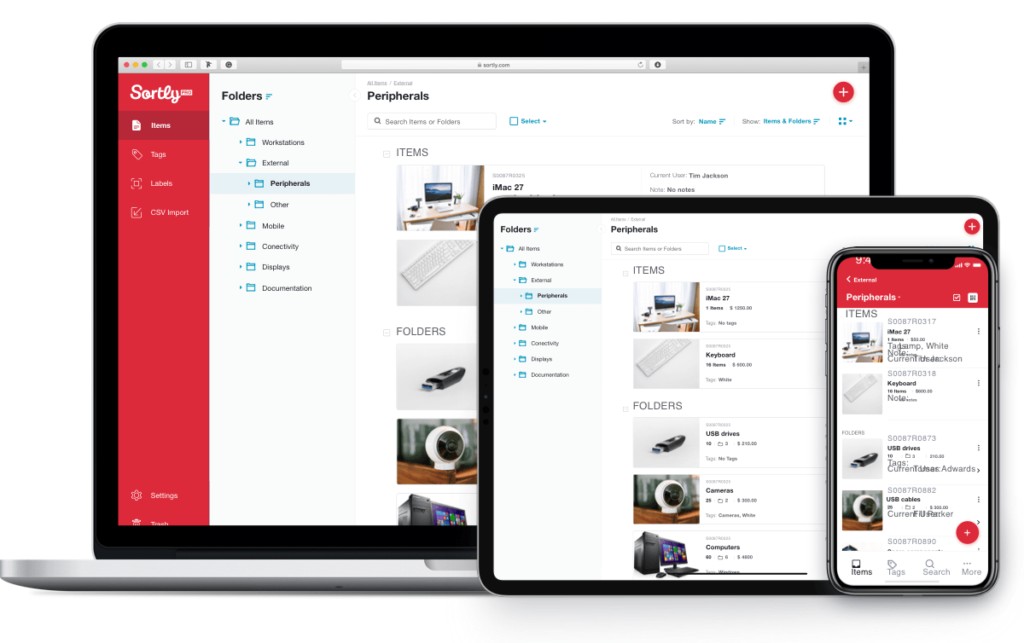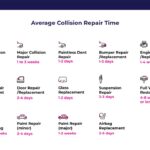Running a successful auto repair shop demands more than just expert mechanics; it requires impeccable organization. In the fast-paced environment of automotive repair, disorganization can lead to wasted time, lost parts, and decreased profitability. Imagine your technicians spending valuable minutes searching for misplaced tools or parts instead of working on vehicles. This not only reduces efficiency but also impacts customer satisfaction and your bottom line.
This comprehensive guide provides actionable strategies and mechanic shop organization ideas to help you streamline your operations. By implementing these best practices, you can ensure your team focuses on what they do best – repairing cars – rather than battling chaos. Let’s explore how to transform your auto repair shop into a model of efficiency and order.
Step-by-Step Guide to Auto Repair Shop Organization
While every auto shop operates uniquely, the principles of effective organization are universally applicable. This step-by-step process outlines key mechanic shop organization ideas designed to boost productivity and create a more efficient workspace for your team.
1. Conduct a Comprehensive Inventory Audit
Effective auto shop organization begins with a clear understanding of your current inventory. Before implementing any new systems, dedicate time to thoroughly assess what you have. This involves decluttering shelves, organizing storage areas, and creating a detailed list of all parts, tools, and equipment on hand. This initial step is crucial for establishing a robust auto shop inventory management system.
Think of this process as creating an inventory master list. Ideally, this list should encompass every item your shop uses, including frequently used parts, specialized tools, and even seasonal items. You can utilize various tools for this inventory process, from simple pen and paper to auto body shop inventory spreadsheets, or dedicated inventory management apps. While inventory apps offer advanced features like real-time tracking, automated reporting, and team collaboration, the most important aspect is choosing a method that suits your shop’s needs and committing to completing this crucial first step. You can always transition to more sophisticated inventory software as your needs evolve.
Feeling overwhelmed by the prospect of a complete inventory overhaul? Apply the Pareto Principle, also known as the 80/20 rule. This principle suggests that roughly 80% of your profits come from 20% of your inventory. Focus initially on cataloging your most profitable and frequently used items. Prioritize detailing these key items first and gradually expand your inventory list to include less frequently used items as time permits.
 Mechanic using a tablet to manage inventory in a repair shop
Mechanic using a tablet to manage inventory in a repair shop
2. Optimize Physical Layout and Storage Solutions
Once your inventory list is complete, the next step is to strategically rethink the physical organization of your auto body shop. This is an opportune moment to evaluate your team’s workflow, identify frequently accessed items, and determine the optimal placement for all inventory and equipment. Consider which items need to be readily accessible on the shop floor versus those that can be stored remotely or less accessibly.
Here are practical mechanic shop organization ideas and tips to optimize your shop’s layout:
Strategic Inventory Positioning
Every interruption for a mechanic to retrieve a tool or part translates to lost time. Minimizing these interruptions is crucial for maximizing efficiency. Carefully consider the placement of your tool crib, parts storage, and equipment. A well-organized layout significantly reduces wasted movement and boosts productivity.
Your shop floor should be equipped with essential tools, lifts, and equipment needed for immediate vehicle servicing. However, avoid cluttering the primary workspace with excess inventory. Items like infrequently used spare parts, large quantities of paint, or specialized components for specific car models are better suited for storage away from the main work area.
Engage your mechanics in this planning process. Their firsthand experience provides valuable insights into workflow and item accessibility. Solicit their input on what tools and parts are needed on the shop floor, what can be stored on shelves, and what could potentially be stored off-site. Leveraging their practical knowledge ensures your organizational strategy aligns with daily operational needs.
Implement Mobile Tool and Parts Carts
Enhance mechanic mobility and efficiency by utilizing wheeled storage solutions. Instead of mechanics constantly walking back and forth across the shop, equip them with mobile carts containing their most frequently used tools and parts. These mobile workstations allow them to bring necessary items directly to the vehicle they are working on, saving significant time and effort.
Invest in tool drawers, cabinets, or even small, wheeled tool cribs designed for mobility. Alternatively, you can retrofit existing stationary storage units with casters to create your own mobile solutions. This simple change can dramatically improve workflow and reduce wasted motion.
Maximize Vertical and High-Density Storage
In an auto repair shop, floor space is premium. Maintaining a clear and safe shop floor is essential for technician movement and overall workplace safety. To optimize space utilization, embrace vertical and high-density storage solutions for non-essential parts and tools.
Consider specialized high-density storage systems where items are stored on tracks that compress together when not in use. These systems maximize storage capacity compared to traditional shelving, freeing up valuable floor space. By building upwards with vertical shelving and high-density storage, you maximize your shop’s cubic footage without creating ground-level clutter and safety hazards.
Secure High-Value Inventory
Auto body shops are dynamic environments with tools, parts, and equipment constantly changing hands. While this is inherent to the industry, it also presents risks of inventory shrinkage. If missing inventory is a recurring problem, implementing security measures for high-value items is crucial.
Enhance security by installing surveillance cameras to monitor shop activity. Utilize lockable tool cribs and cabinets to restrict access to expensive tools and parts. For extremely valuable items, consider secure, locked storage rooms or cages. Implementing these security measures can significantly reduce inventory loss and protect your assets.
3. Establish a Sustainable Inventory Management System
Creating an inventory list is just the beginning. Maintaining an organized auto repair shop requires establishing a sustainable inventory system. Remember, inventory management is not a one-time task but an ongoing process that needs consistent attention.
Develop a clear understanding of your inventory flow. Analyze how inventory arrives at your shop, how it is used or consumed, and what happens to sold, repaired, or discarded items. Define roles and responsibilities for inventory management – who is responsible for ordering, receiving, stocking, and tracking inventory? Determine inventory tracking methods: will you rely on physical counts, perpetual inventory systems, or a combination?
Once these aspects are clarified, formalize your inventory procedures into Standard Operating Procedures (SOPs). Document these guidelines and train all employees on proper inventory management protocols. Make these guidelines readily accessible to the entire team, and provide regular refresher training to ensure consistent adherence. Invest in necessary tools, such as inventory management software, barcode scanners, or mobile devices, to streamline inventory processes and maintain accuracy. Many modern inventory apps, like Sortly, are user-friendly and compatible with existing smartphones and tablets, eliminating the need for specialized hardware.
4. Continuously Refine and Adapt Your Organization Strategy
Inventory management and auto repair shop organization are not static; they require ongoing refinement. No system is perfect from the outset, and your shop’s needs will evolve over time. Embrace a culture of continuous improvement and be prepared to make adjustments to your organizational strategy as needed.
Regularly evaluate the effectiveness of your current system. Are there bottlenecks in your workflow? Are mechanics still spending excessive time searching for items? Are inventory discrepancies frequent? Use audits, feedback from your team, and observations of daily operations to identify areas for improvement. Don’t hesitate to make incremental adjustments or even significant changes to your system as you learn what works best for your shop.
For example, you might start with a basic inventory spreadsheet but later realize its limitations for visual inventory management. This might prompt you to transition to a visual inventory app. Similarly, you might initially find barcode or QR code scanning intimidating, but later recognize its potential to automate inventory tracking and save time. Embrace these evolutions as opportunities to optimize your system.
Your mistakes, inconsistencies, and learning experiences are valuable data points for refining your organizational system. Identify what’s not working, experiment with alternative approaches, and continuously adapt until you develop a unique organizational system that perfectly fits your team’s needs and your shop’s specific operational style.
By implementing these strategies and embracing a commitment to continuous improvement, you can transform your auto repair shop into a highly organized and efficient operation, leading to increased productivity, profitability, and customer satisfaction.

